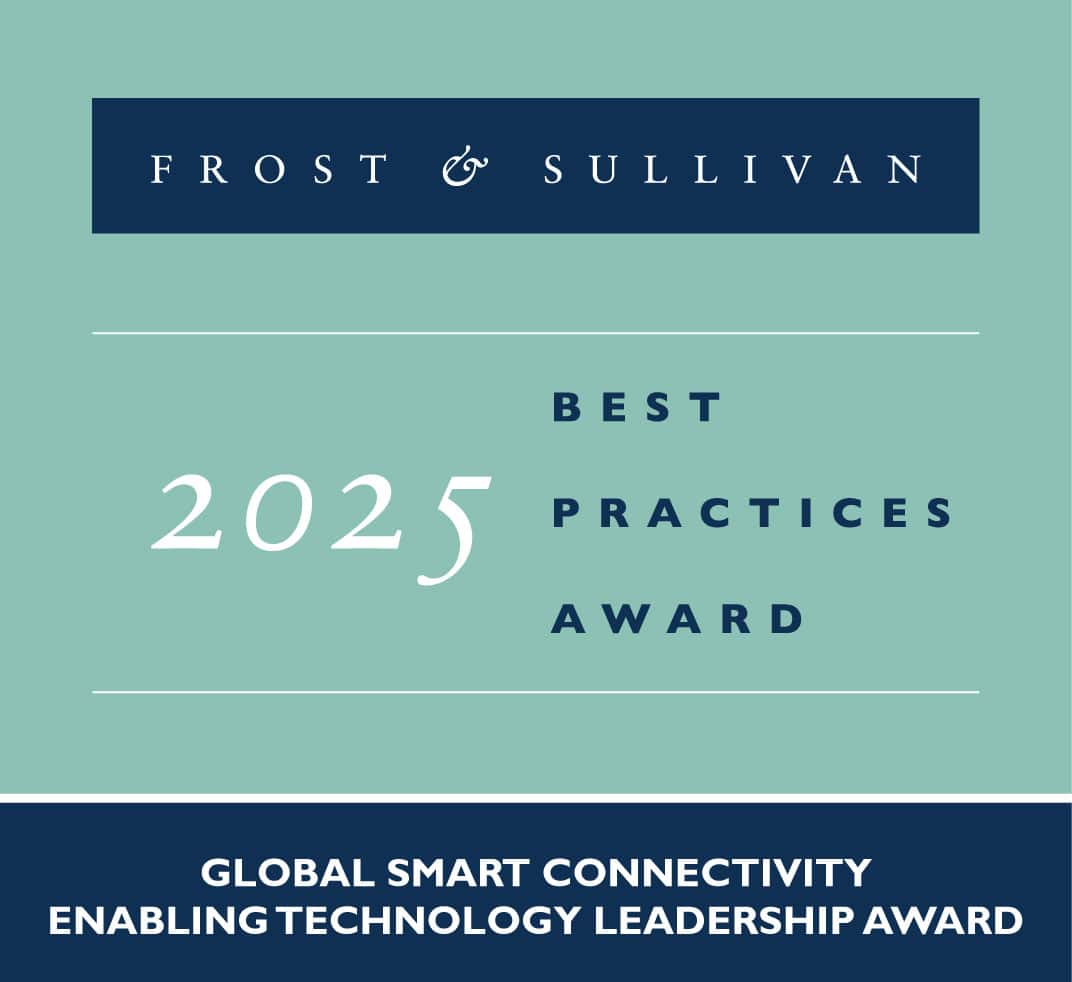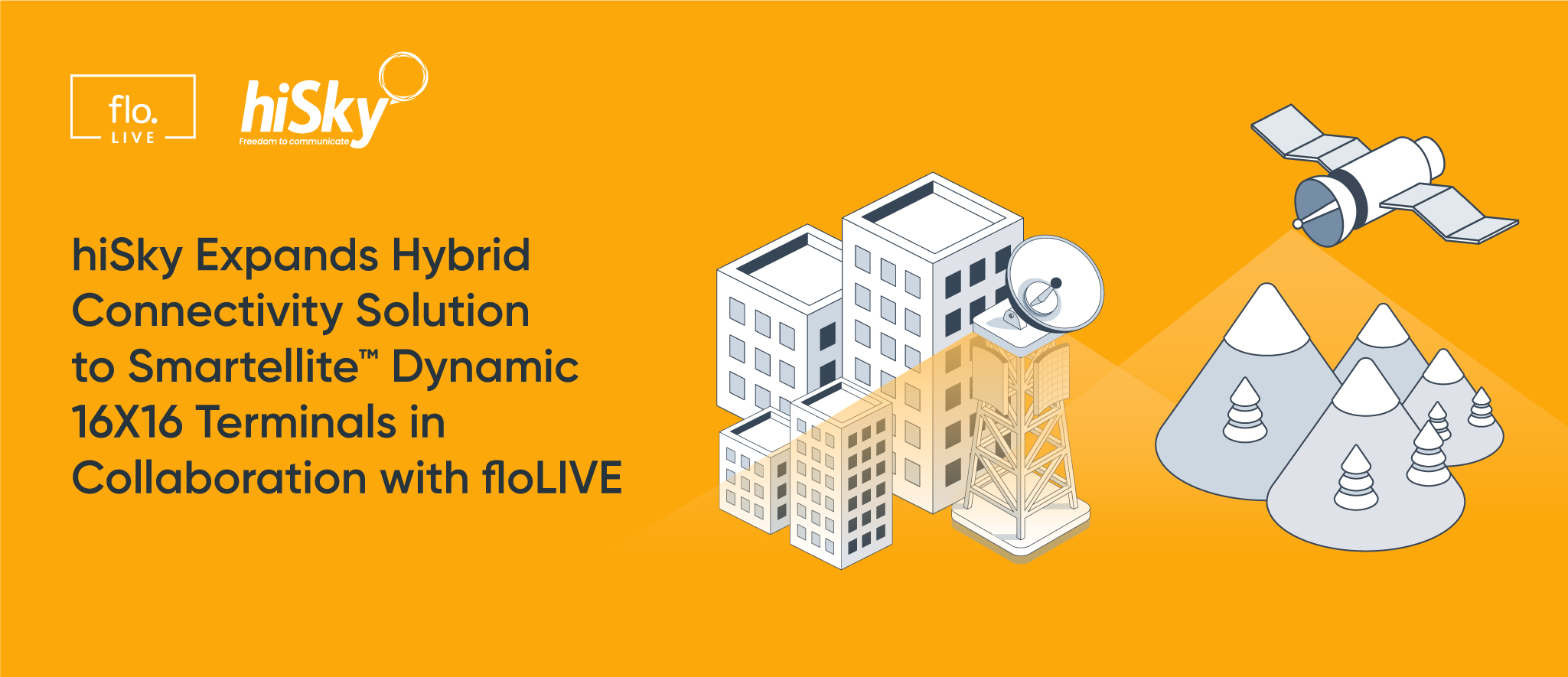Page Contents
Types of Real Time Connectivity Data You Need Access To

Page Contents
IoT solutions live and die by their data. IoT devices are programmed to capture various types of data sets depending on their intended use. For example, industrial refrigerators are equipped with humidity and temperature sensors to ensure food safety and compliance with food industry standards. Medical devices are monitoring a person’s heart rate, oxygen saturation and blood pressure and can tell if they need to embrace lifestyle changes.
However, there are other types of real time data that can help you gain full control over your IoT devices and the way they connect and interact with the cellular network. Capturing real time data on connectivity status, data usage and behaviour patterns of your connected devices can open up a whole host of possibilities for predictive maintenance, cost reduction and improved security.
Types of Real Time Data
Here are the types of real time data that can put you in the driver’s seat of managing and maintaining your IoT solutions.
Network Events
When you have hundreds or thousands of devices in the field, you may not have instant visibility when some of them go offline. In fact, you may find this out after the fact when you try to inspect the data they’ve captured or change some of their settings.
However, real time data on network events can tell you how your devices operate and uncover any potential issues before they escalate further. This includes information on the cellular network the SIM is connected to, any disruptions to the connection, or any issues with the data exchanged between the two and much more.
Data Usage
Data usage is one of the biggest contributors to hefty billing from your network operators. Most often, enterprises don’t have any visibility over their data usage in real time. Instead, they may get a report at the end of the month showing how much data was consumed during that month. This retroactive visibility leaves enterprises vulnerable to increased costs without having the power to prevent them.
Real time information on data usage can help enterprises spot unusual increases or decreases in data consumption and help them take a preemptive action. Likewise, if there’s a cap on the data plan, instead of losing connectivity once the data limit is reached, enterprises can get alerted in real time that they have only 5% or 10% of data left and take the appropriate action.
Device Location
IoT devices can be stationary (think machinery sensors or irrigation systems) or devices-in-motion (devices installed on trucks or containers). In both cases, having real time information about their geo-location can help streamline processes and avoid issues like theft or device manipulation.
Let’s take an example from Industrial IoT (IIoT) where a large warehouse can house millions of dollars worth in equipment. Knowing the exact location of each machine or tool at any given time not only protects the equipment against theft, but it can also help the business easily find and deploy the machinery without delays.
Device Status
You may have configured your IoT devices to report their status periodically, but what happens if they lose connectivity in between reports and you lose access to valuable data?
If you receive a real time feed of its connectivity status, you can troubleshoot the problem before it creates a cascade of other problems. Likewise, if you’re paying only for SIMs that are actively in use, having real time data of the device status can help you see how many SIMs you should be paying for.
Benefits of Tracking Real Time Data in IoT
Real time data can be a powerful asset that not only improves the security of your IoT solutions, but puts you in full control over your devices and how they operate. Here are some of the benefits you can expect to receive:
Enhanced Visibility and Deeper Insights
IoT devices can be installed and left for months, even years, on end without any intervention or supervision by a human. An example would be irrigation sensors used in agriculture and placed in remote areas. Imagine that, for whatever reason, these devices have lost their connection or have started using unusual amounts of data.
Since there isn’t any ongoing interaction with them, it can take days or weeks before the end user realises that something’s wrong. This can lead to loss of valuable data which, in turn, could result in poor crop yields. Having real time information that the devices have gone offline means that you can take action to switch to a different network provider to keep the devices working.
Predictive Equipment Maintenance
When it comes to cold chain logistics, the stakes can be very high. Just think about the millions of Pfizer vaccines that had to be delivered all over the world at a strictly regulated temperature. Imagine if the temperature sensors on the transportation vehicle malfunctioned or got disconnected for some reason? This could pose a serious public health risk and cost governments millions in failed investment. Real time data on the device status can help you act fast and either resolve the problem with your IoT connectivity provider or replace the faulty equipment to avoid further costs.
Hefring Marine, an Icelandic company offering digital guidance and monitoring solutions to the maritime industry, used floLIVE to implement a global connectivity solution on vessels across different locations and gain key insights into their movement, location and performance. The real time data they obtained allowed them to prevent issues from arising as well as offer their customers added value with zero downtime.
Improved Security
Knowing in real time that your devices operate as expected can help prevent fraudulent activities which can compromise your business. For example, if you notice that the data consumption of your device has jumped by 200% or there’s an external source sending multiple SMSs to your device, this can alert you to potential cyber attacks. You can act quickly to turn off the SIM from your connectivity management platform and prevent it from communicating with other devices.
Conclusion
Real time data on device connectivity, data usage and geo-location has the power to transform the services you provide to your customers as well as the security and cost-efficiency of your IoT solution.
Using a global network infrastructure to analyse data at its source and a platform to stay in full control of your IoT connectivity solution can help you maximise the value you get out of your data. Using big data alongside machine learning can help you build smarter, and more efficient systems.
Download our True Cost of Delayed Data whitepaper to learn more about how real time data can help you protect your IoT connectivity solution and improve customer service.

Join Our Newsletter
Get the latest tips and insights in our monthly newsletter.








